Human eye
The human eye is a complex and sophisticated organ responsible for vision, allowing us to perceive and interpret the world around us. It is a spherical structure located in the eye socket of the skull, composed of various parts including the cornea, iris, pupil, lens, retina, and optic nerve.
Basically, the eye works by capturing light and transforming it into electrical signals that are transmitted to the brain, where they are interpreted and processed into visual images.
The human eye is a remarkable example of the complexity and precision of biological systems.
Anatomy of the eye
The anatomy of the human eye is complex and made up of several different structures and parts that work together to provide vision. Here is a brief overview of the main parts of the eye:
- Cornea: The cornea is the clear outermost layer of the eye that covers the iris, pupil, and anterior chamber. It plays a vital role in focusing light onto the lens.
- Iris: The iris is the colored part of the eye that surrounds the pupil and controls the amount of light entering the eye by adjusting the size of the pupil.
- Pupil: The pupil is the black circular opening at the center of the iris, which regulates the amount of light entering the eye.
- Lens: The lens is a clear, flexible structure located behind the iris and pupil, which helps to focus light onto the retina.
- Retina: The retina is the layer of light-sensitive cells at the back of the eye that converts incoming light into electrical signals that are sent to the brain via the optic nerve. It contains two types of photoreceptor cells called rods and cones, which respond to different levels of light and color.
- Optic nerve: The optic nerve is a bundle of nerve fibers that carries the electrical signals from the retina to the brain, where they are interpreted and processed into visual images.
- Sclera: The sclera is the white outer layer of the eye that protects the eyeball and maintains its shape.
- Choroid: The choroid is the layer of blood vessels between the sclera and the retina that provides oxygen and nutrients to the eye.
- Ciliary body: The ciliary body is a ring-shaped muscle that controls the shape of the lens and helps to adjust focus.
- Aqueous humor: The aqueous humor is a clear fluid that fills the front part of the eye and helps to maintain its shape and pressure.
- Vitreous humor: The vitreous humor is a clear gel-like substance that fills the back part of the eye and helps to maintain its shape and support the retina.
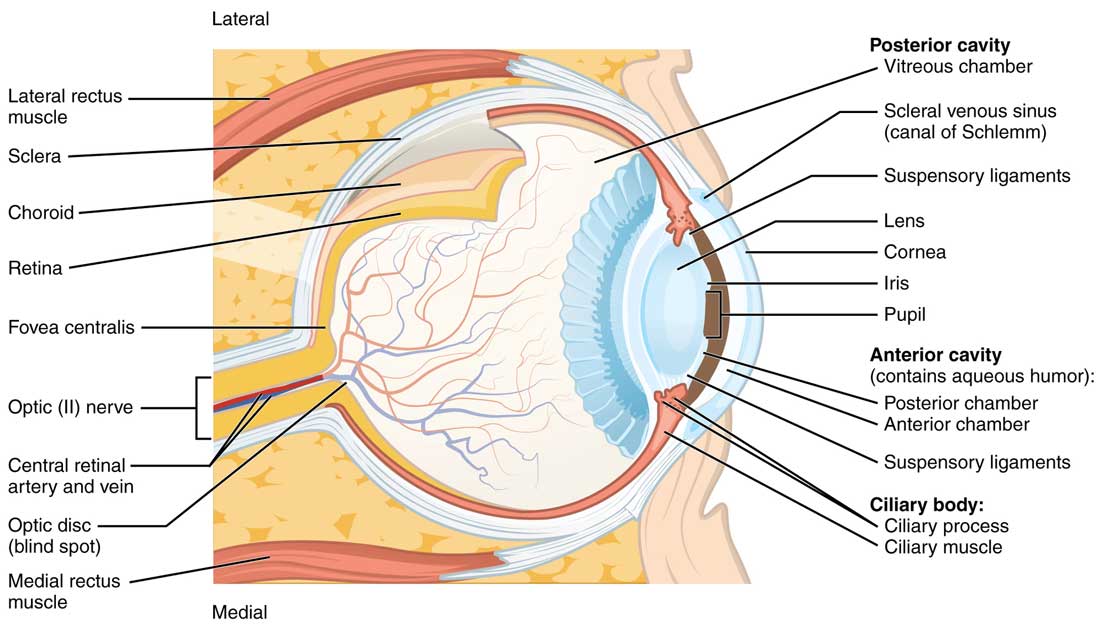
Structure of the eye. Source: OpenStax College via Wikimedia Commons
Functions of the eye
The eye is a complex organ that performs several critical functions that allow us to see the world around us. Here are the main functions of the eye:
- Refraction of light: The cornea and lens work together to bend and focus incoming light onto the retina at the back of the eye. This is the first step in the process of vision.
- Sensing light: The retina contains photoreceptor cells called rods and cones that respond to different levels of light and color. These cells convert the incoming light into electrical signals that are sent to the brain via the optic nerve.
- Image formation: The brain uses the electrical signals from the retina to create the visual images that we see. These images are formed by the brain’s interpretation of the patterns of electrical signals sent from the retina.
- Color perception: The cones in the retina are responsible for color vision, allowing us to perceive and differentiate between different colors.
- Depth perception: The eyes work together to provide depth perception, allowing us to judge the distance and position of objects in the world around us.
- Accommodation: The ciliary body and lens work together to adjust the focus of the eye, allowing us to see objects at different distances.
- Regulation of light: The iris adjusts the size of the pupil to regulate the amount of light entering the eye, helping us to see clearly in different lighting conditions.
Overall, the eye is an incredibly sophisticated organ that performs several critical functions to allow us to see and interact with the world around us.

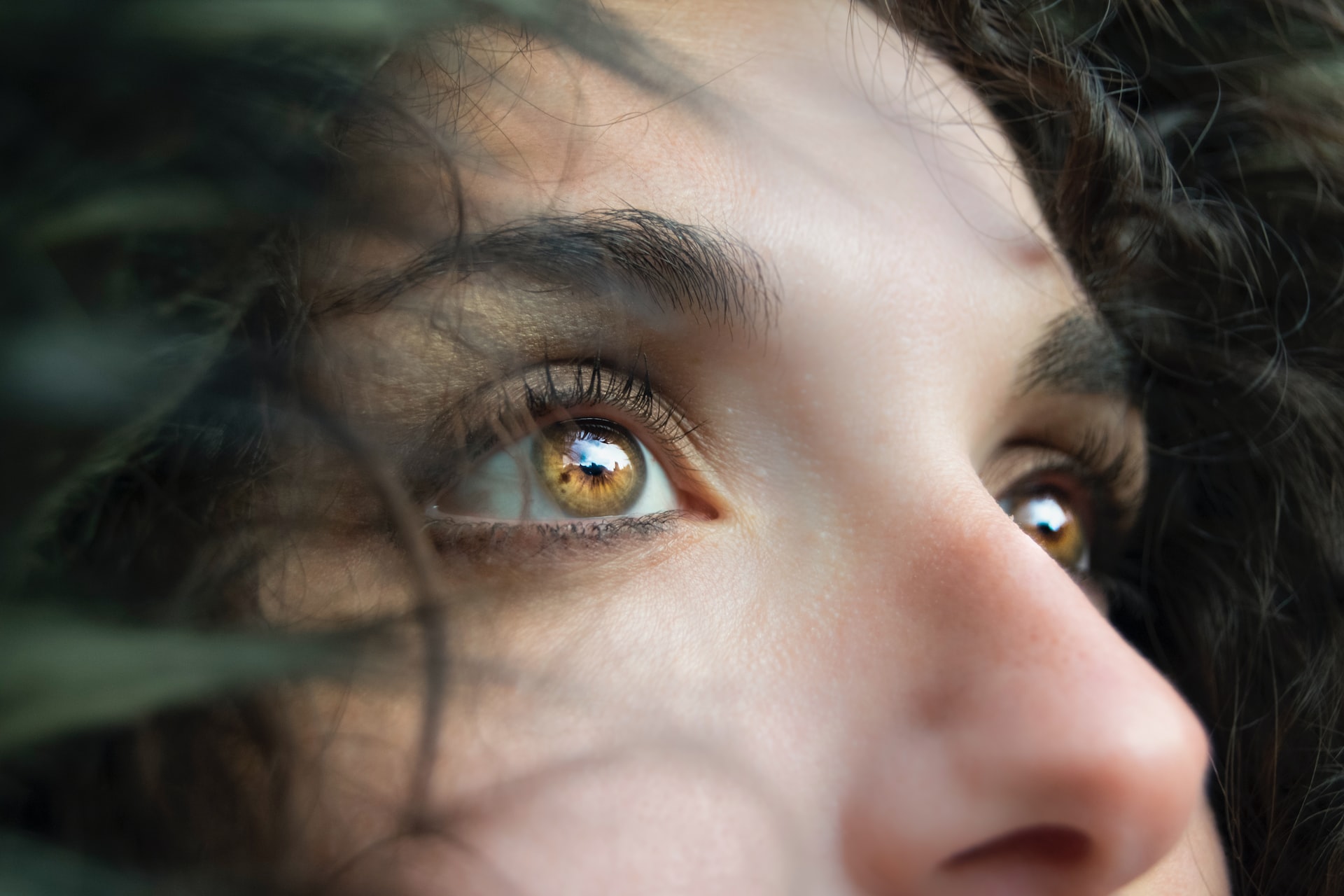
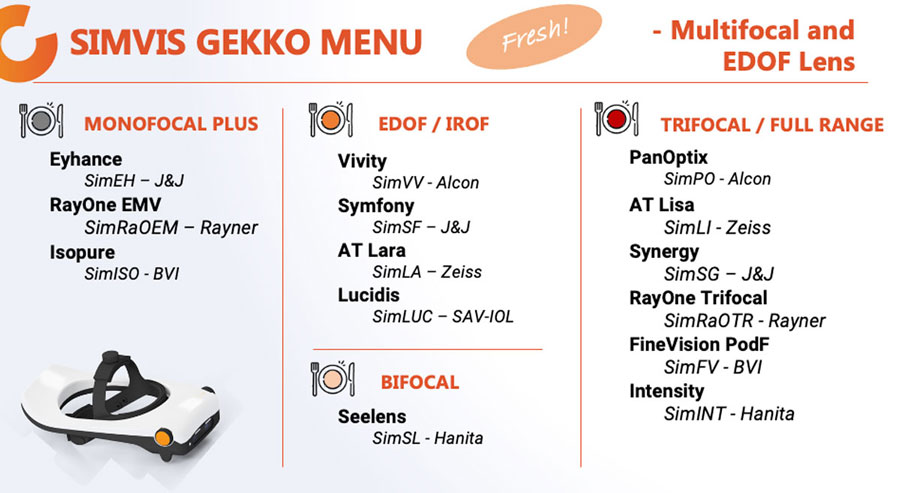
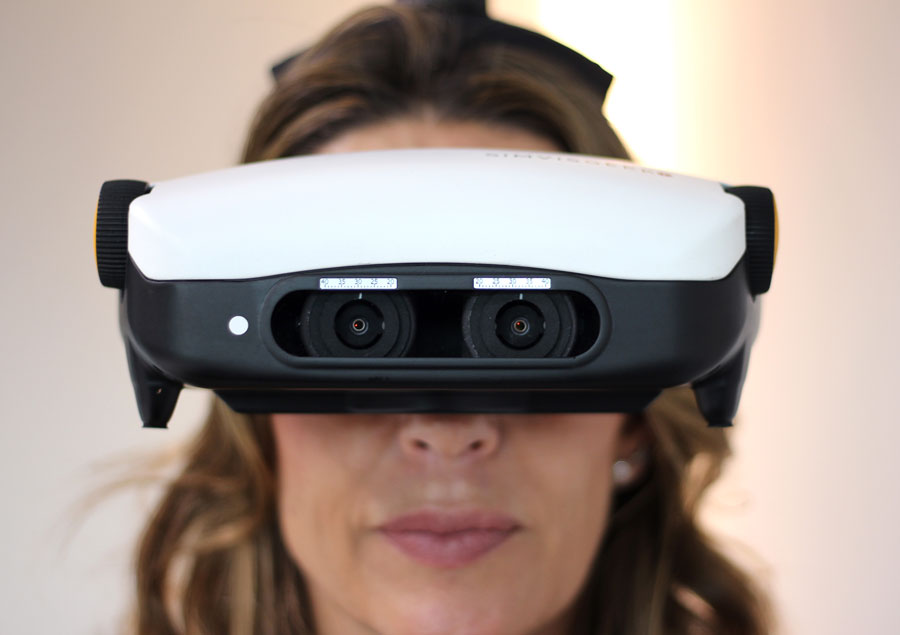
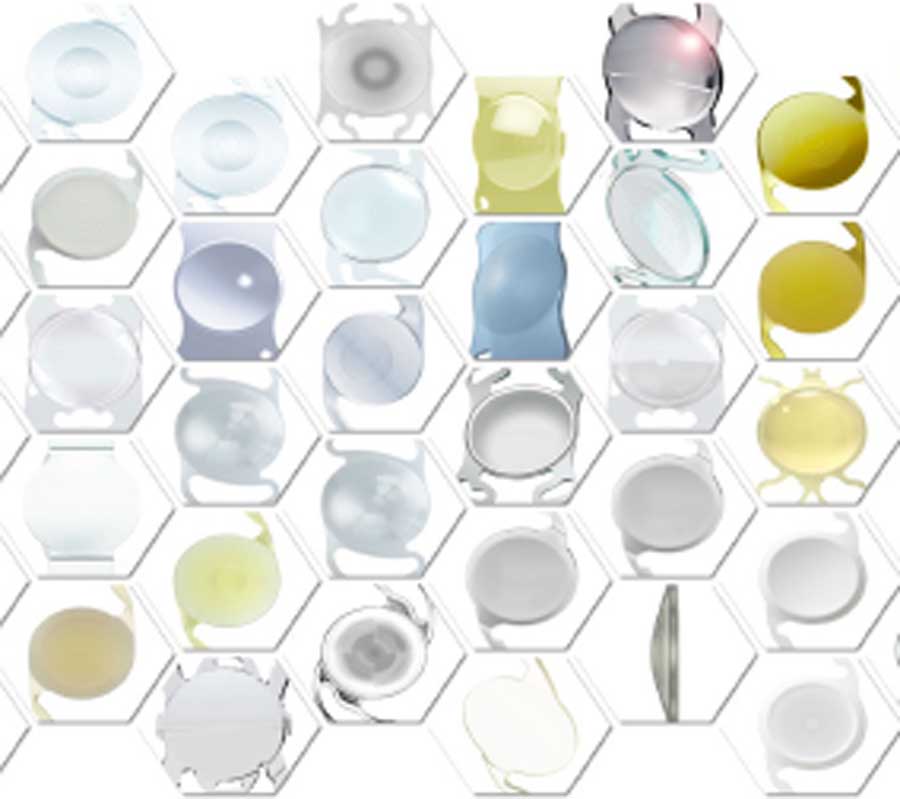
0 Comments